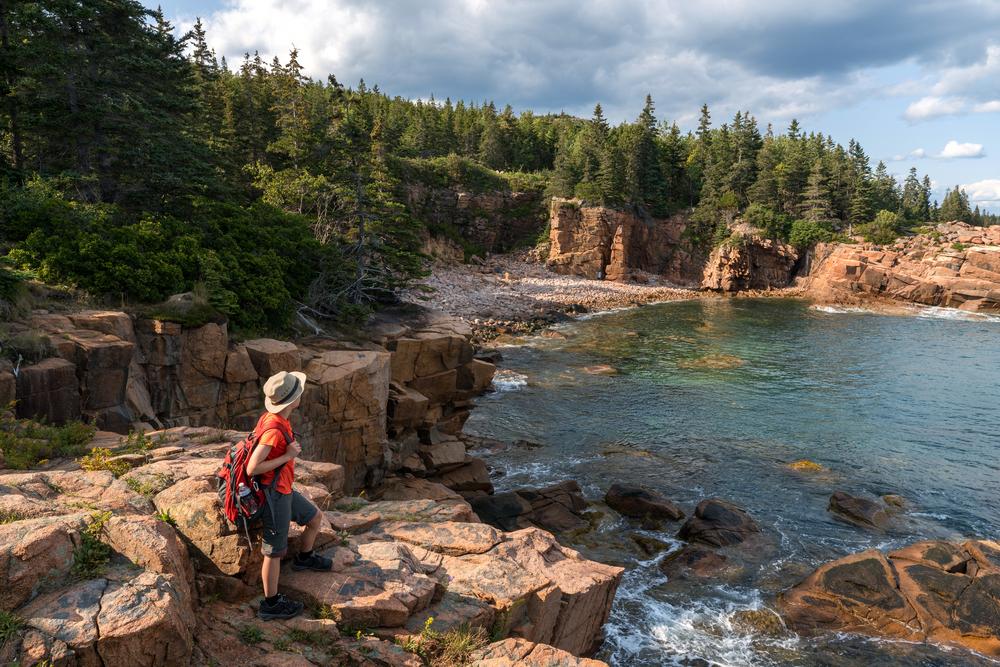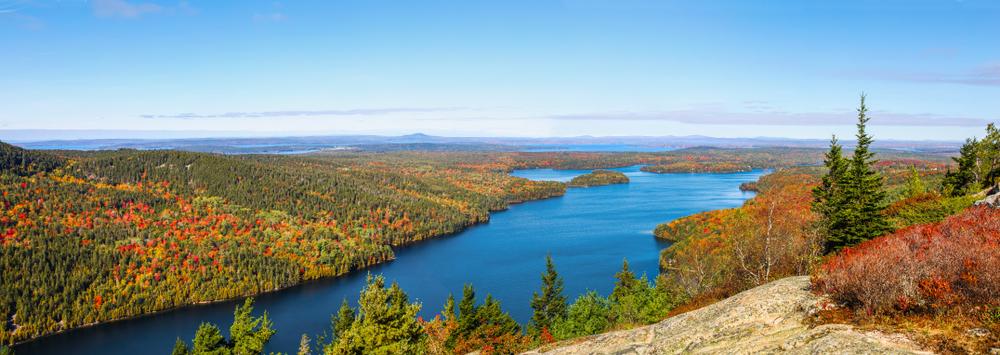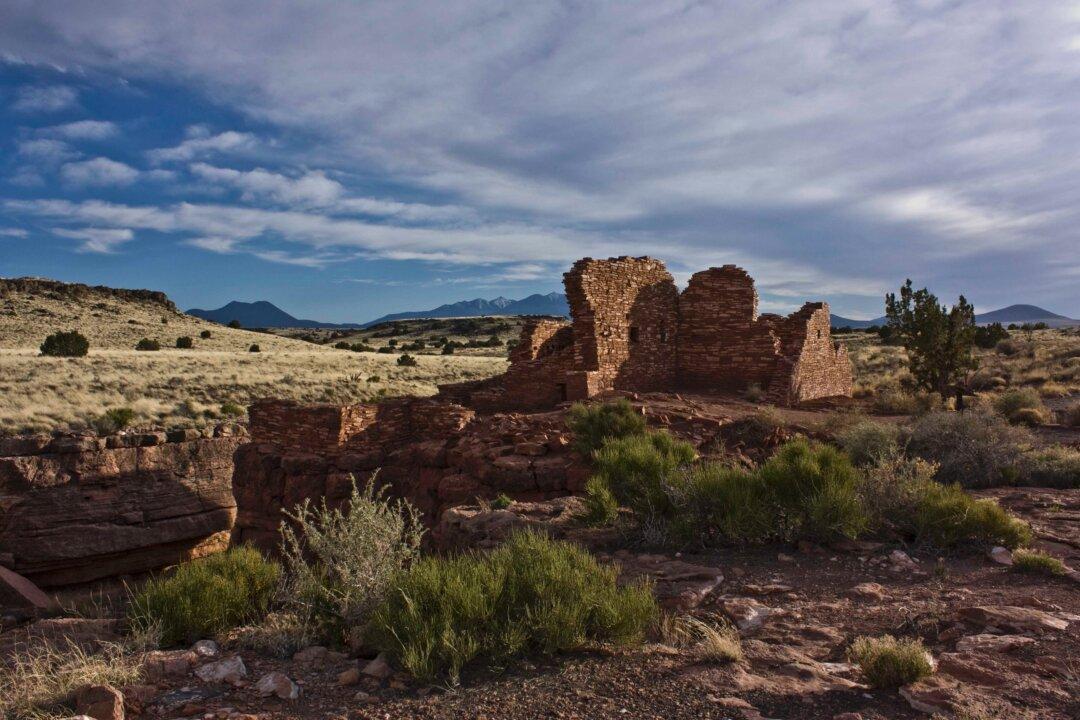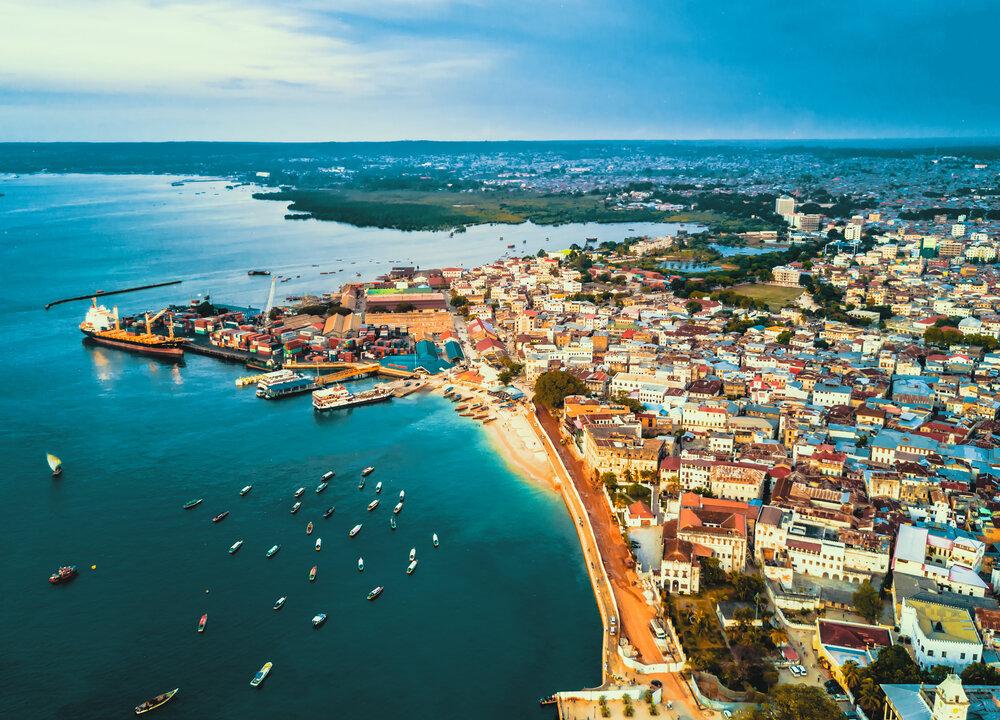Carved like a sculpture by the last gigantic North American glacier, the rounded mountaintops of Acadia National Park stand as stoic sentinels guarding sacred natural treasures. Acadia, which is among the 10 most-visited U.S. national parks, welcomes more than 3.5 million visitors each year. This stunning park boasts more than 27 miles of historic roads, almost 160 miles of hiking trails, and at least 45 miles of old carriage roads, but the splendor of this American wonder is beyond measure.

Acadia National Park welcomes more than 3.5 million visitors each year. Romiana Lee/Shutterstock






